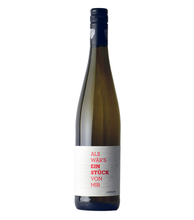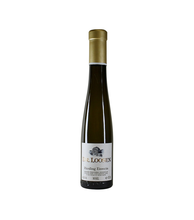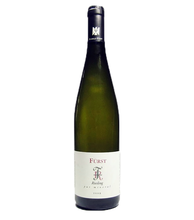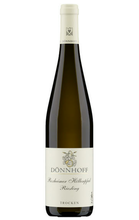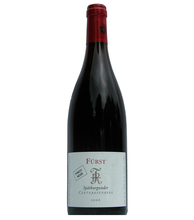Understanding German wine

I love German wines! I love German Rieslings, Silvaners, Gewürtraminers and Spätburgunders, to name a few. For years I was intimidated by German wines because the classification system was so ridiculously hard to understand. When looking for a dry Riesling, I often got home with a something that was sweeter than expected. A German wine label can be really confusing, with terms like Trocken, Kabinett, Spätlese, Auslese, Beerenauslese, Trockenbeerenauslese, Gutswein, Ortswein, Erste Lage and Grosse Lage adding complexity for the average wine customer. While I learned this complicated system of wine classification from my wine studies, it wasn't until I visited Germany recently that I fully understood that these terms are intended to convey the quality and character of the finest German wines.
There are three things to look for while gazing at a German wine label:
Natural Ripe Sweetness
When grapes are left on the vine to ripen longer, they develop more sugar and sweeter wines can be produced. These terms usually apply to white wines as most red wines (Fruhburgunder and Spätburgunder) are dry (or Trocken).
- Trocken - Dry, picked in September. Great alternative to Chablis, Sauvignon Blanc, Chenin Blanc. One of our favourites is Gunderloch Als War's Eins Stuck Von Mir 2014.
- Kabinett - Off-Dry, picked in September. Great with spicy food such as Bernkastel Badstube Riesling Kabinett 2013
- Spätlese - Medium Sweet, picked at least a week after the normal harvest. A great one to try is Dönnhoff Norheimer Kirschheck Riesling Spätlese 2011.
- Auslese - Sweet, picked late November or after. Dr. Loosen Erden Pralat Riesling Auslese 2012 is great with blue cheese!
- Beerenauslese - Very sweet, usually affected by noble rot. The best are made from Riesling.
- Eiswein - Very sweet, the grapes have been picked while frozen on the vine. Global warming is the enemy of Eiswein, so it increasingly precious. Try Dr. Loosen Riesling Eiswein 18.7cl 2012 .
- Trockenbeerenauslese - Very sweet wine made by dried grapes affected by noble rot. Can be made from Riesling, Gewürtraminer, Chardonnay. This is a very rare wine.
Alcohol Levels
If the level of sweetness is still too hard to understand, the level of alcohol can be an easy substitute for sweetness. The sweeter the wine, the lower the alcohol.
- Dry wines typically are between 12-13.5% ABV
- Off-Dry wines typically are from 10.5-11.5% ABV
- Sweet wines typically are between 6-10% ABV
Vineyard Quality
For the 2012 vintage, Germany introduced a VDP classification system to indicate the quality of the vineyards from which the wine comes. Wines that come from VDP classified vineyards have the VDP symbol on the capsule, which is considered 'the seal of quality'. The VDP classification has four tiers to indicate vineyard quality:
VDP. Gutswein
Entry-level high quality
- Fürst Riesling Pur Mineral
- Gunderloch Jean Baptiste Riesling Kabinett
VDP. Ortswein
Best vineyards in a village
VDP. Erste Lage
Exceptional quality from a unique vineyard
VDP. Grosse Lage
The best soil, grapes, production techniques that deliver the best wines with long aging potential. Grosse Lage wines have GG prominently displayed on the label.
- Fürst Centgrafenberg GG Pinot Noir
- Leitz Rüdesheim Ehrenfels Schlossberg GG Riesling 2013
If it's still too complicated, my best advice to you is to just plunge in and give a Trocken Riesling a try. Life's too short to miss out on some of the best wines in the world!

